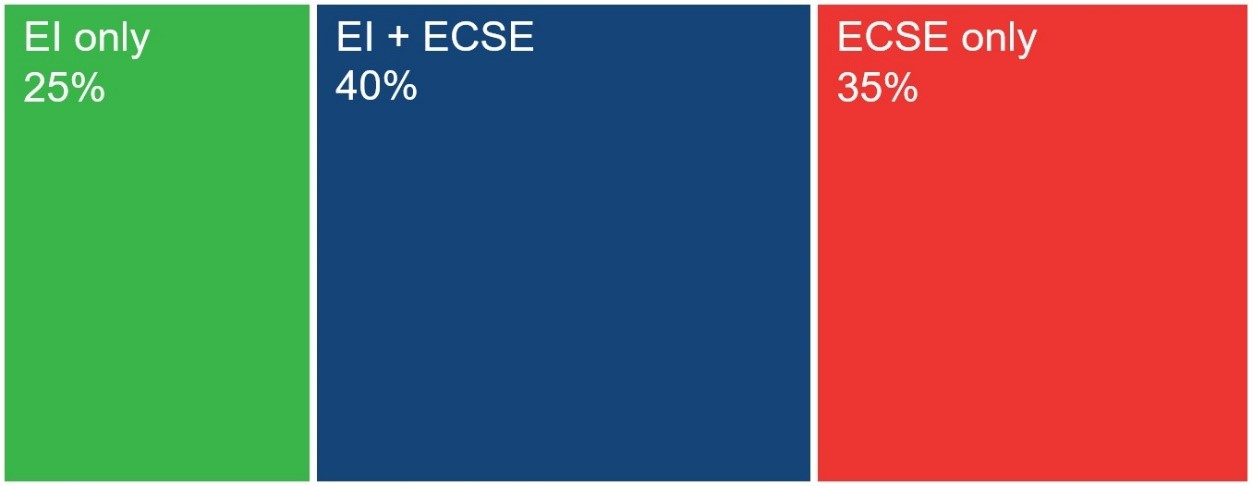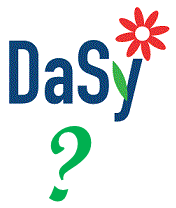What people think of as the moment of discovery is really the discovery of the question. – Jonas Salk
Questions—ones that get at important topics that are meaningful to Early Intervention (EI) and Early Childhood Special Education (ECSE) state agencies—are often at the heart of Part C and 619 coordinators’ and Part C and B data managers’ work.
At DaSy, we refer to these really important questions as “critical questions.” As in, these questions are critical in helping EI and ECSE state agencies administer their programs, meet accountability requirements, and improve results for children and families.
Linking child-level data between Part C and 619 programs provides the opportunity to answer a host of questions that cannot be answered otherwise. Linked data broadens the number of questions state agencies can ask and extends the ways that questions can be answered. Consider these questions:
- What percentage of children who receive EI services continue on to ECSE?
- What percentage of children in ECSE received EI services?
It is possible to get at an approximate answer to these questions without linked data. If you are on the EI side, you can identify the date of a transition conference. If you are on the ECSE side, you likely have transition notifications, or can identify which children were referred for services via EI.
But, let’s look at how linked data might help you dive even deeper into these questions. Consider the graphic below. Say that the rectangle graphic represents all the children served through EI or ECSE in a given timespan. Perhaps your analysis reveals that, in your state, 40% of children were served in both EI and ECSE, while the majority of kids were only served in only in EI or ECSE.

This statistic is interesting in and of itself, but it leads to a lot of excellent follow up questions:
- How do the characteristics of children who receive EI and ECSE differ from characteristics of children who receive only one or the other?
- How do the children who receive EI and ECSE differ in terms of the types and amount of services they receive compared to children who receive only EI or ECSE?
- What other services (e.g., Early Head Start, Head Start, home visiting, child care, etc.) do children who are served in EI and ECSE receive? Is this different from children who receive only EI or ECSE?
All of these questions require some type of linked data to answer. So, it is clear that data linkages can open the door to all sorts of informative analyses. These questions have might have program implications, too. Analyses used to answer critical questions can be used to plan for and support program improvement efforts and to inform state agency staff, stakeholders, and policy makers.
Check out DaSy’s Critical Questions to learn more about the questions, and take the time to consider how linked data enables you to answer important questions.


